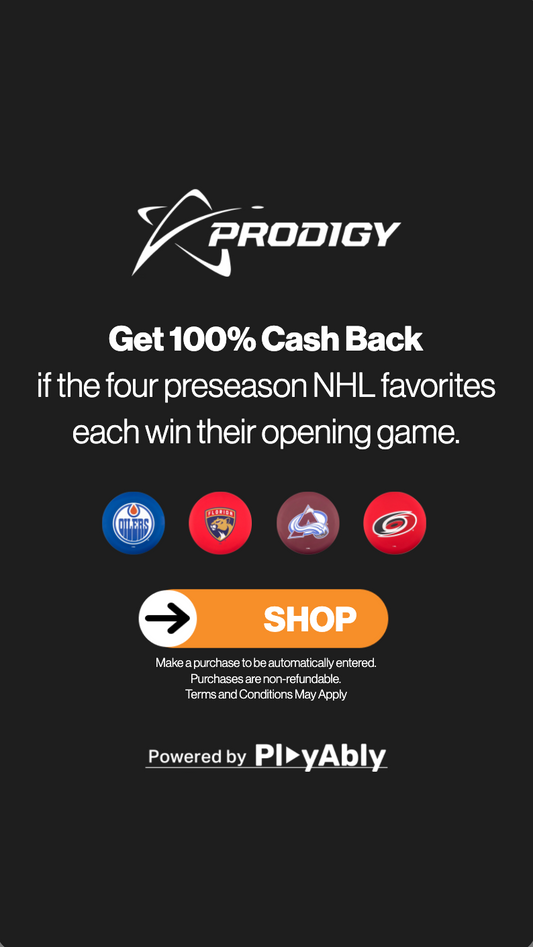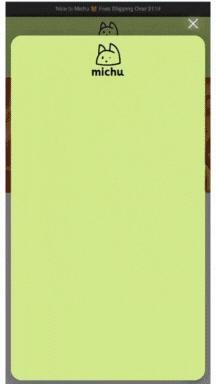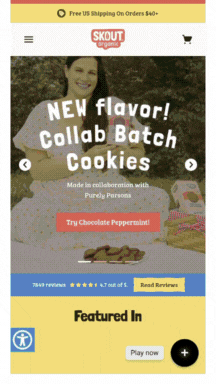The ROI of Gamification: Proving the Value of Branded Games
Vintage Cars Customizable Game
Creating Customer Journeys Experiences in eCommerce with Gamification
Download The Guide
For brands considering gamification as part of their marketing strategy, the question of return on investment (ROI) is crucial. Measuring the success of gamified experiences goes beyond just counting clicks or engagements—it involves evaluating how these interactions translate into long-term value, such as customer retention, data collection, and revenue growth. Gamification can offer a higher ROI than traditional marketing tactics when executed properly, and it allows for deeper user engagement and more meaningful brand interactions.
The success of gamified experiences lies in their ability to motivate users to take action. Whether it’s by completing a quiz, sharing their achievements on social media, or making repeat purchases through a loyalty program, these actions contribute to the overall value generated by gamification. For example, Sephora’s Beauty Insider program combines quizzes, interactive experiences, and exclusive rewards to engage customers and keep them coming back. This approach helps Sephora collect valuable user data while fostering loyalty, contributing to long-term customer retention(Emplifi).
Vintage Cars Customizable Game
Gamification and conversion optimization go hand in hand. While gamification keeps users engaged, conversion optimization ensures that engagement leads to action—whether that’s making a purchase.
Download The GuideMeasuring Engagement and Customer Retention
One of the primary metrics for evaluating the ROI of gamification is engagement. Gamified content tends to engage users more deeply than traditional marketing tools, as it provides a more interactive and enjoyable experience. Brands like Starbucks have leveraged gamification through their Rewards program, which saw 28.7 million members and grew by 16% year-over-year(Emplifi). This type of ongoing engagement encourages repeat interactions, driving up customer retention rates.
Moreover, gamification is particularly effective at extending the time users spend interacting with a brand. Longer engagement times lead to more opportunities for conversion, as users are exposed to more branded content and offers. For example, Teleflora saw a 92% conversion rate and a significant boost in social traffic after integrating gamified elements into their marketing(Elegant Themes). This example highlights how engagement-driven experiences can lead directly to increased sales and customer loyalty.
Data Collection and Personalization
Another major benefit of gamification is its ability to collect valuable customer data. Gamified experiences encourage users to provide detailed information, such as preferences, behaviors, and personal interests, in exchange for rewards or the opportunity to participate in fun activities. This data can then be used to tailor future marketing efforts, creating more personalized and relevant campaigns that improve conversion rates.
For instance, Teleflora’s gamified approach allowed them to gather user data that contributed to more personalized marketing strategies, which played a key role in their 105% increase in traffic from Facebook(Elegant Themes). Similarly, Sephora uses data from its gamified quizzes to offer product recommendations that align with customer preferences, increasing the likelihood of conversion(Emplifi).
Calculating ROI Through Lead Generation and Sales
In addition to engagement and data collection, gamification also drives lead generation and direct sales. Many brands use games to encourage users to sign up for newsletters, participate in promotions, or redeem rewards in exchange for their contact information. These interactions not only increase the customer database but also provide opportunities for further engagement and conversion.
Domino’s, for example, used gamification as part of its "Piece of the Pie Rewards" program, which led to a 30% increase in earnings(Elegant Themes). The combination of interactive experiences and reward-based incentives encouraged repeat purchases and fostered a stronger connection between the brand and its customers. This kind of growth highlights the tangible impact that gamification can have on a company’s bottom line.
Social Sharing and Viral Growth
One often overlooked aspect of gamification is its potential for viral growth through social sharing. When users participate in a gamified experience, they’re often motivated to share their achievements or progress with their social networks. This not only extends the reach of the campaign but also brings in new users who are intrigued by the shared content. By encouraging users to post their results or challenge friends, gamified campaigns can create a ripple effect, driving more engagement and traffic back to the brand.
A great example of this is Red Bull’s Illume photo contest, which asked users to submit action shots and allowed others to vote on their favorites(Statusbrew). This campaign generated a massive amount of user-generated content and significantly boosted Red Bull’s brand visibility across social media platforms.



